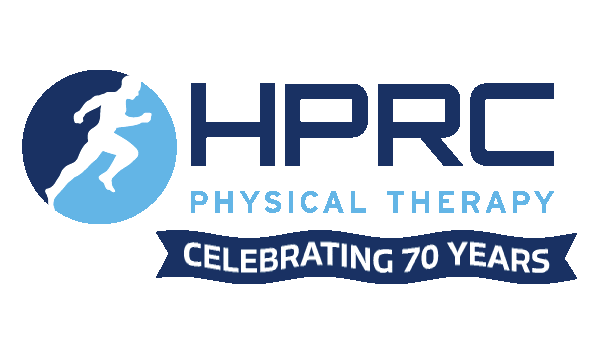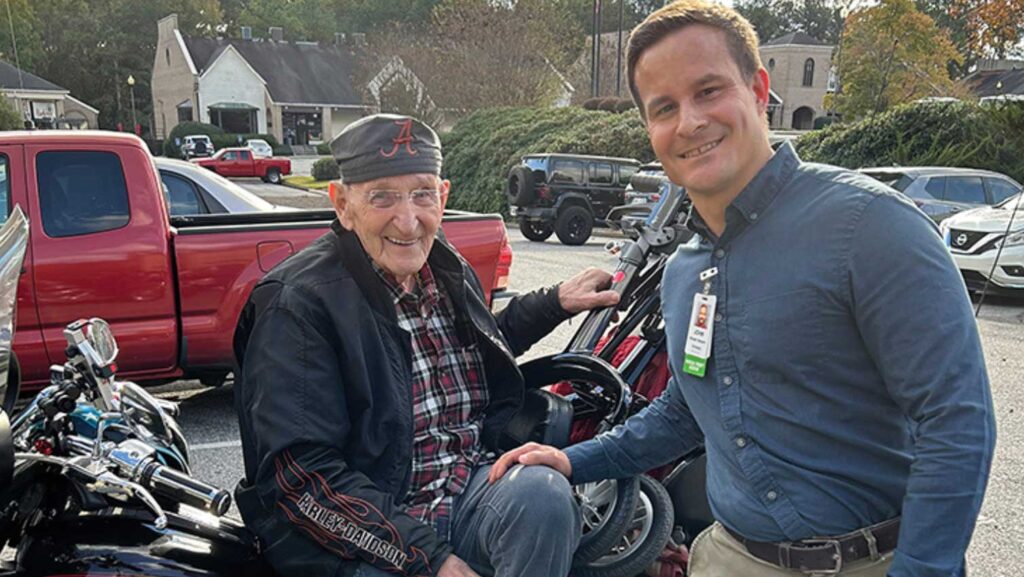Dizziness can be caused by many things: side effects of medication, low blood pressure, low blood sugar, and anxiety. Dizziness following bending over to tie shoes, lying down in bed, looking in the blind spot, and walking down a grocery aisle are all frequent causes of dizziness related to a vestibular disorder. Vestibular dizziness symptoms may include everything from the room spinning to a feeling of off balance or unsteadiness.
There are three major systems in the body that help you maintain your balance. Vision helps to locate the horizon and objects in a person’s path. Sensory mechanics in the feet and legs help identify the type of ground underneath a person’s feet. The last system is the vestibular system which is located in the inner ear behind the ear drum. The vestibular system is what causes motion sickness, makes the stomach turn on a roller coaster, and what jolts a person awake when dreaming of falling.
The vestibular system has three main functions: stabilization of visual images (keeping eyes on a target), maintaining postural stability (especially with head movement), and providing spatial orientation. These three functions are controlled by coordination of the central vestibular system (brain and brain stem) and the peripheral vestibular system (shown to the left). There are two main parts of the peripheral vestibular system. The three fluid filled semicircular canals that detect angular head movement such as shaking your head to say “yes” and “no”. The vestibule contains the otolith organs which detect vertical and horizontal acceleration, like riding in a car and an elevator. If either of these systems are disrupted in any way it can cause dizziness. Two of the most common vestibular issues are benign paroxysmal positional vertigo (BPPV) and unilateral vestibular hypofunction (UVH).
BPPV is caused when otoconia (calcium carbonate crystals) from the vestibule fall into the semicircular canals. This causes movement of the fluid in the canals, which in turn moves the hair or ampulla, which triggers the sensation of movement. When someone with BPPV lies flat, bends forward, or looks up, this movement causes the crystals in the canal to move, moving the fluid, and then the hair, which triggers the sensation of spinning in the brain. This can be fixed by moving the crystals out of the canal by performing specifically sequenced positions which can treated by a medical professional familiar with vestibular rehabilitation in as little as 1-2 visits.
Unilateral vestibular hypofunction usually occurs following a viral illness, head trauma, or a vascular incident, such as a stroke or blockage, that decreases or eliminates the receptor input of the vestibular system to the brain. This causes less intense sensation of dizziness, more commonly characterized as feeling off balance. Common complaints of UVH are off balance or slight dizziness when turning a corner, picking something up from the floor, walking in the grocery store, or driving. Rehabilitation for UVH can take between 6-8 weeks with therapy to improve gaze stabilization (maintaining vision on a target), postural stability (maintaining standing balance), and decrease motion sensitivity.
Learn more about the Vestibular Rehabilitation services offered by HPRC specialists.




